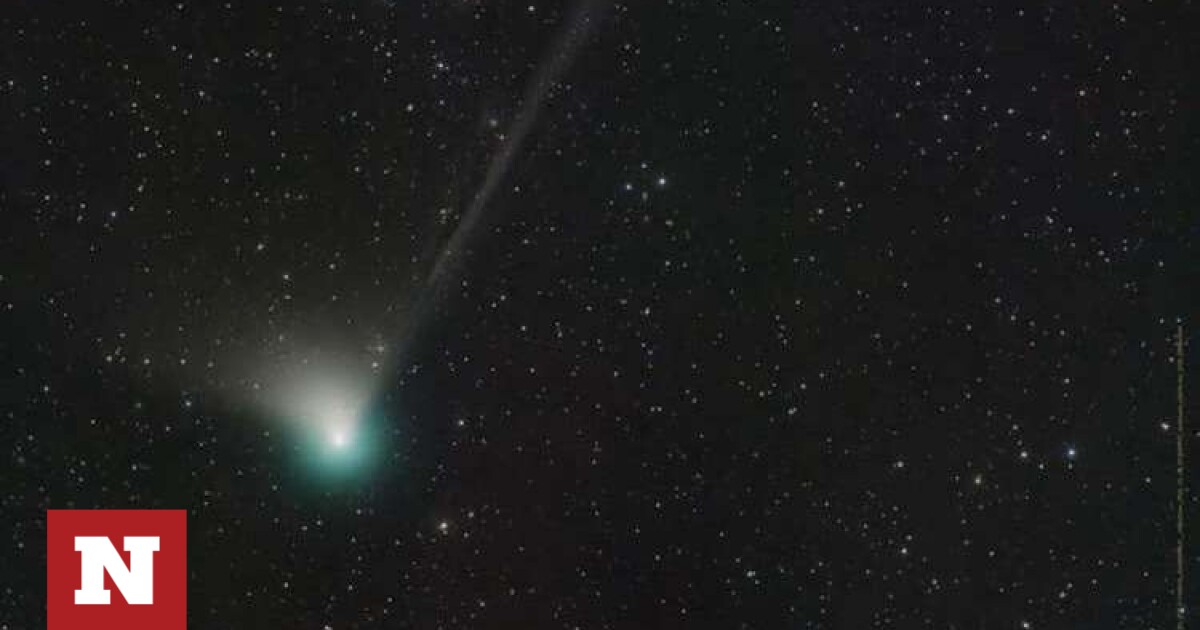
the comet They were discovered by astronomers at the Zwicky Transient Facility (ZTF) Observatory in California in March 2022.
the Green color comet (C/2022 E3 (ZTF)) It hasn’t been this close to Earth in the 50,000 years since the last Ice Age and before the Neanderthals became extinct.
It is expected to reach its closest point to our planet (perihelion) tomorrow, Wednesday, February 1.
If you want to see the comet, look north just after sunset and look for a faint green glow. The comet is barely visible to the naked eye, so it is best to observe it with a telescope or binoculars. However, if the conditions are not right for observing, you can watch it on the Virtual Telescope Project website or YouTube channel. The broadcast will begin on Thursday, February 2nd at 6 am GS.
The comet was discovered by astronomers at the Zwicky Transient Facility (ZTF) Observatory in California in March 2022. It originates from the distant Oort cloud in the outer reaches of our solar system and is estimated to complete an orbit around the sun about every 50,000 years.
Most comets are composed of ice, dust, and gas, and comets usually follow long elliptical orbits around our star. As they approach the Sun, its heat turns the comet’s ice into gas and dust, creating a “come” around its solid core, as well as its massive and spectacular “tail.”
Images of C/2022 E3 so far reveal that it has a greenish tint, which is thought to result from its chemical composition, particularly the presence of diatomic carbon, whose molecule emits green light when exposed to the sun’s ultraviolet light.
Since mid-January, the comet—which has been steadily gaining brightness since last year in November—has become easier to observe with powerful telescopes or binoculars, and recently it has become bright enough to be visible even to the naked eye, at least from dark regions of clear skies and without light pollution. In January, amateur astrophotographers captured a strong solar “wind” tearing off part of a comet’s tail.
C/2022 E3 is moving across northern hemisphere skies toward Polestar, the brightest star in Ursa Minor, which will appear alongside it on January 26. By February 10, it will appear close to Mars, while by mid-February it is expected to have now completely dimmed as it moves away from Earth.
Source: Space, APE – MEB
Read also:
Comet C / 2022 E3 is approaching Earth – watch the live image
The comet is approaching Earth for the first time since the Neanderthal era
Evangelista on … asteroids – Twitter “fell” from the viral video

“Total alcohol fanatic. Coffee junkie. Amateur twitter evangelist. Wannabe zombie enthusiast.”





More Stories
Is this what the PS5 Pro will look like? (Image)
Finally, Windows 11 24H2 update significantly boosts AMD Ryzen – Windows 11 performance
Heart Surgeon Reveals The 4 Things He ‘Totally Avoids’ In His Life